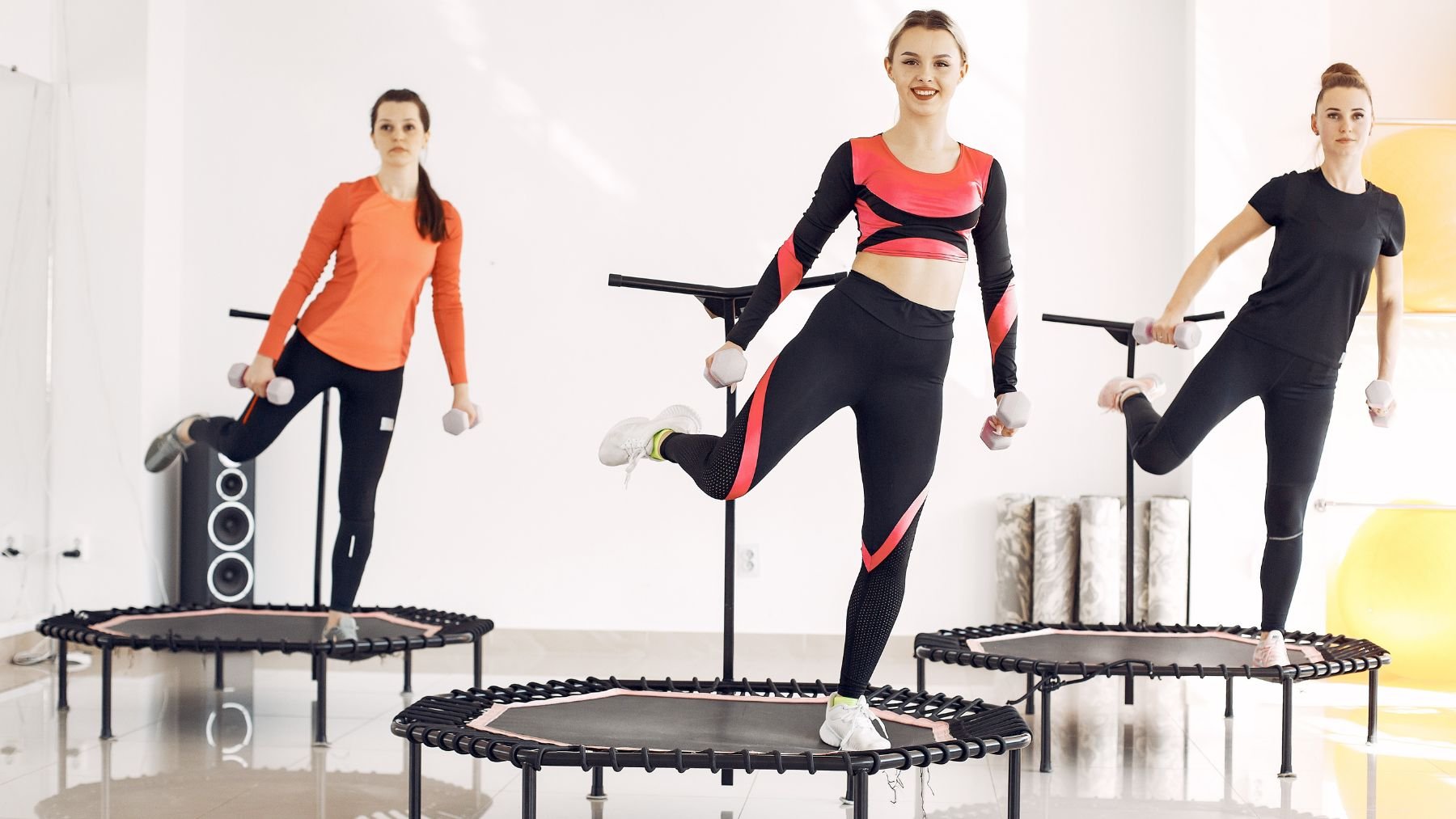If boosting cardiovascular health, building stronger bones, and improving your mood are your fitness goals, running might seem like the obvious choice. But what if you’re not a fan of long miles or pounding pavement? NASA research points to another exercise that can deliver even better results — and you can do it without leaving your living room.
This surprising workout isn’t just more effective than running; it’s also gentler on the body. NASA’s findings suggest it can be nearly 70% more efficient while putting less strain on joints and speeding up recovery. So, what is this low-impact exercise that checks all the boxes?
The workout that’s more efficient than running
The answer is rebounding — a cardio workout done by bouncing on a mini trampoline. Popularized in the 1980s, it caught NASA’s attention when scientists decided to test its effectiveness compared to treadmill running. Their now-famous study measured how both activities affected the body.
In the experiment, eight healthy men between 19 and 26 years old completed walking and running sessions on a treadmill at four speeds, and bounced on a mini trampoline at four different heights. Researchers tracked oxygen use, heart rate, and acceleration forces to see how each workout compared.

Results showed a striking difference: for the same level of oxygen uptake, the body’s muscles and joints worked significantly harder during rebounding than during running — with the largest gap reaching about 68%. In simple terms, participants were getting more work done with less cardiovascular strain.
The study also found that rebounding placed far less stress on the body, reduced joint impact, and promoted quicker recovery times. On top of that, oxygen consumption efficiency nearly doubled when compared to treadmill running. While the research sample was small and limited to men, the data still supports rebounding as a powerful, joint-friendly alternative to traditional cardio.
Why rebounding works so well
Rebounding is more than just a leg workout. While your lower body powers each bounce, your core muscles stabilize your body, and your arms and shoulders help maintain balance. The movement also challenges coordination and ramps up calorie burn in a short amount of time.
Unlike running, which mainly targets the lower half of the body, rebounding delivers a full-body workout that engages multiple muscle groups simultaneously. This combination can make it a faster way to build strength and stamina while improving balance.
For those aiming to lose weight, it’s important to pair rebounding with a calorie deficit — burning more calories than you consume. Using a fitness tracker can help you keep an eye on both heart rate and calorie expenditure during your sessions.
Beyond the measurable benefits, many people find this exercise more enjoyable than traditional cardio. The rhythmic motion and playful feel can make workouts feel less like a chore, which may help you stick with a routine.
How to start rebounding at home
Getting started is simple: you only need a mini trampoline and enough space around you to move safely. Beginners can start with gentle bounces to get used to the motion. As your confidence grows, you can try more dynamic moves such as jogging in place, star jumps, tuck jumps, or butt kicks.
If you’re new to exercise, recovering from an injury, or recently postpartum, it’s best to consult a healthcare professional or certified trainer before starting. This ensures you choose the right intensity and avoid unnecessary strain.

